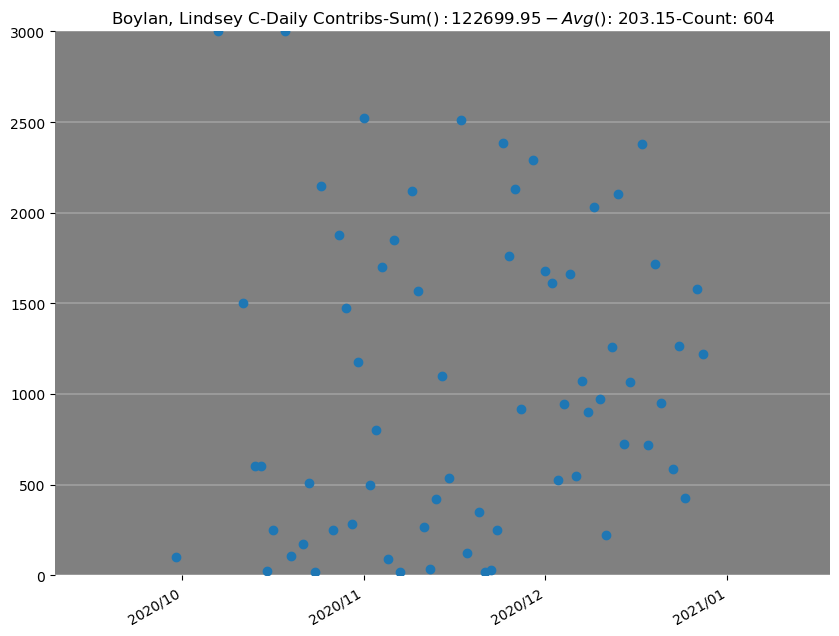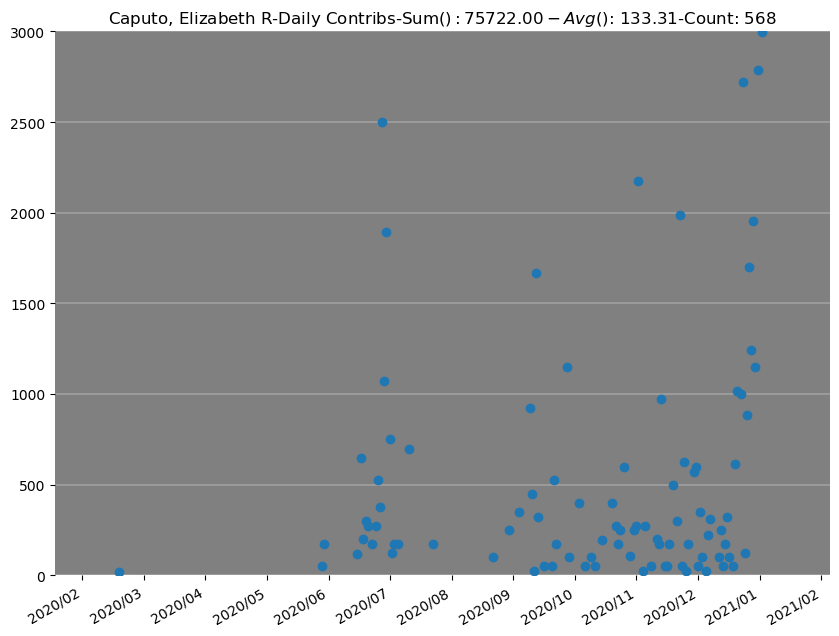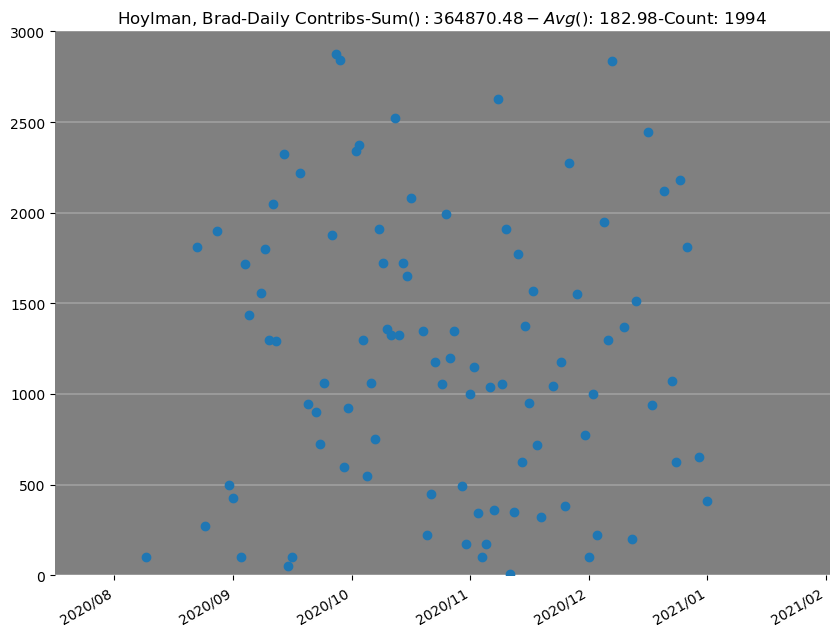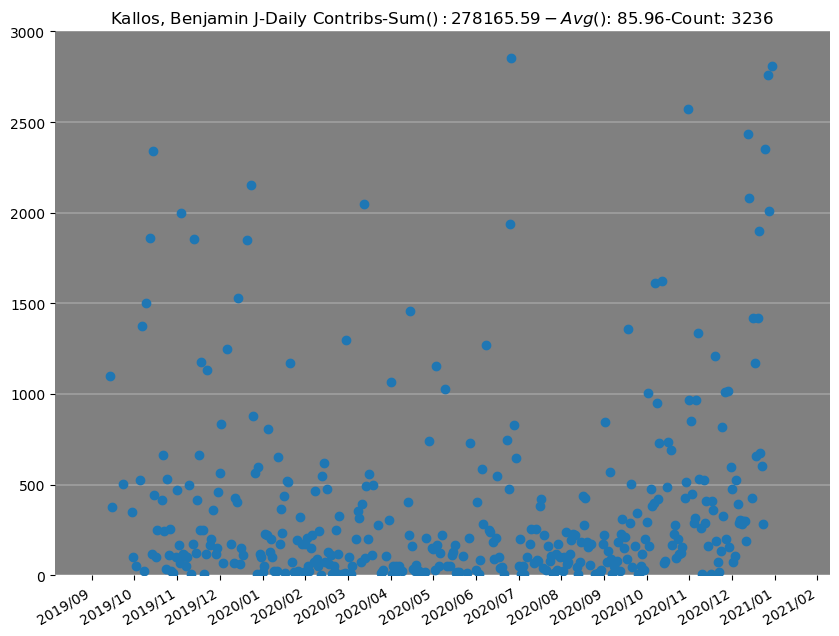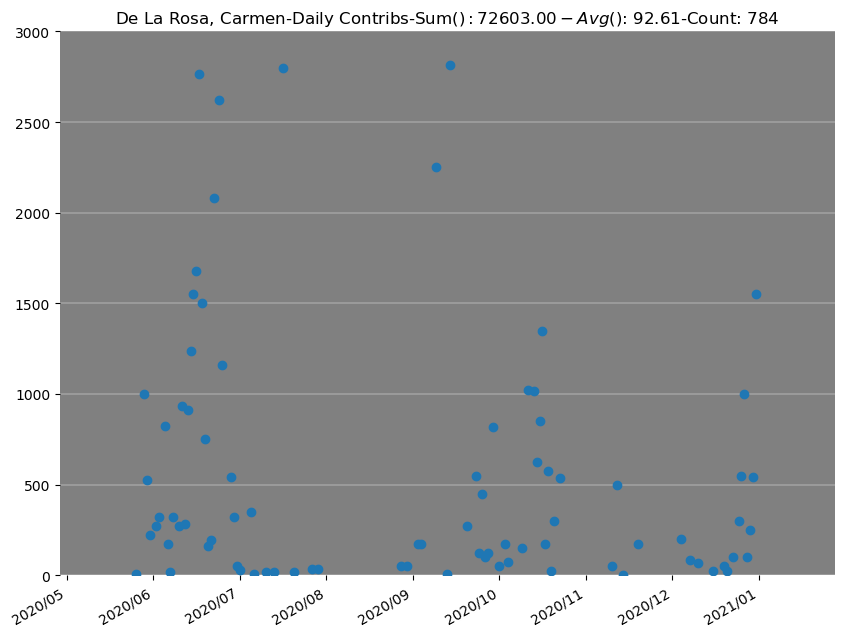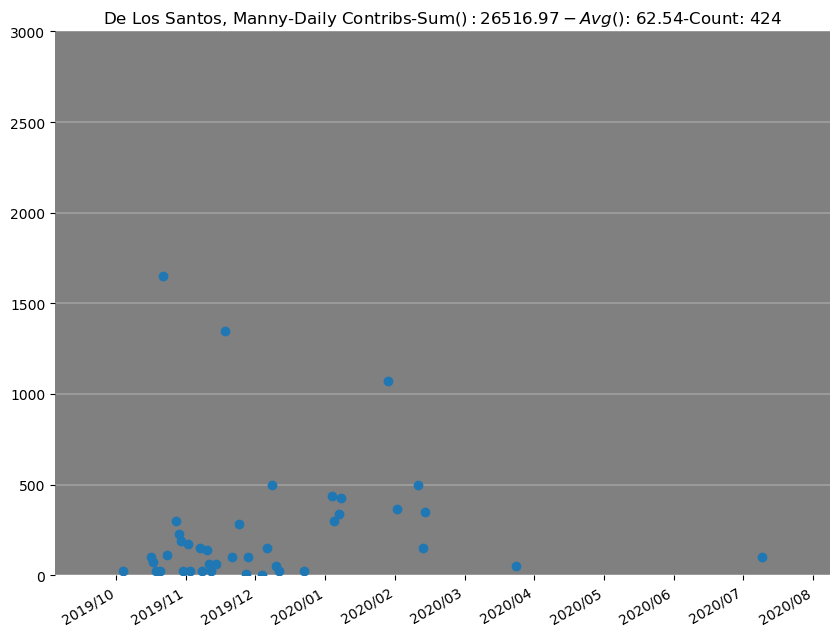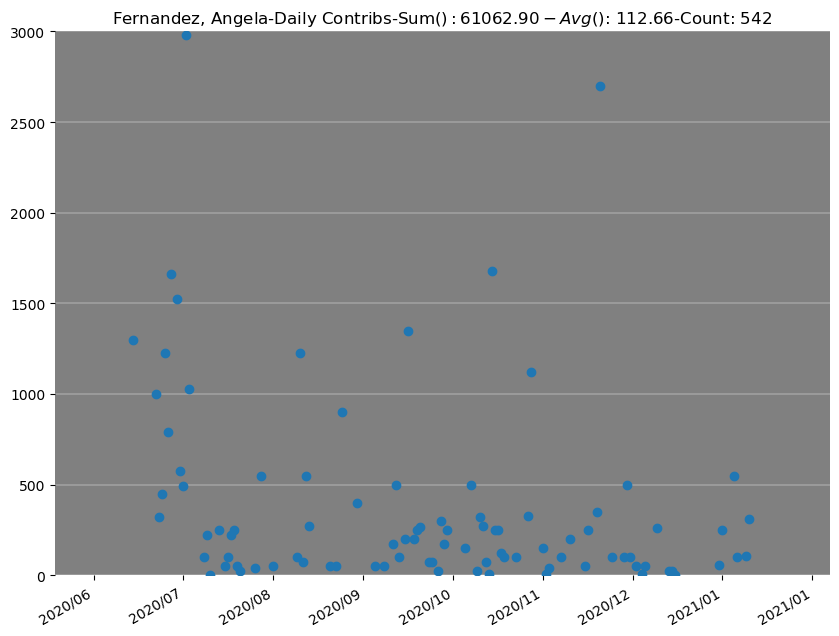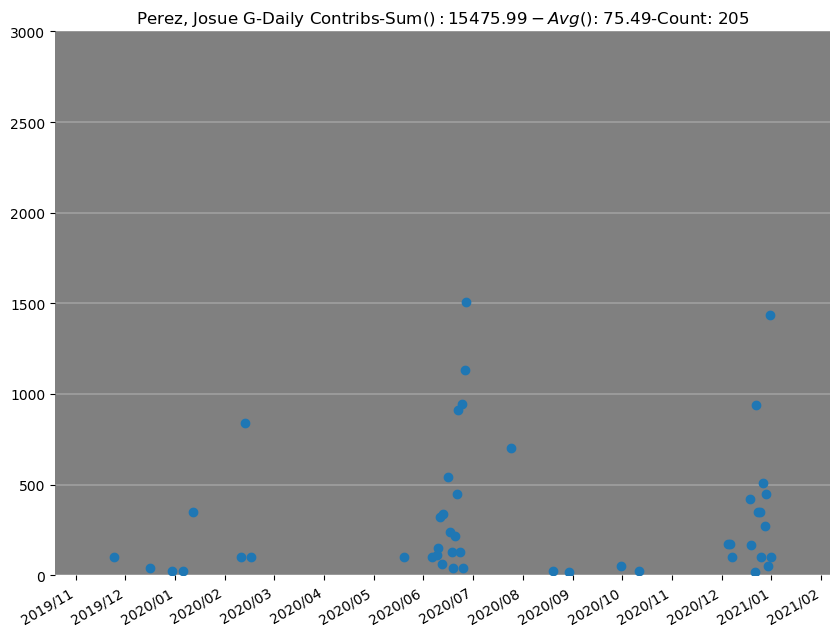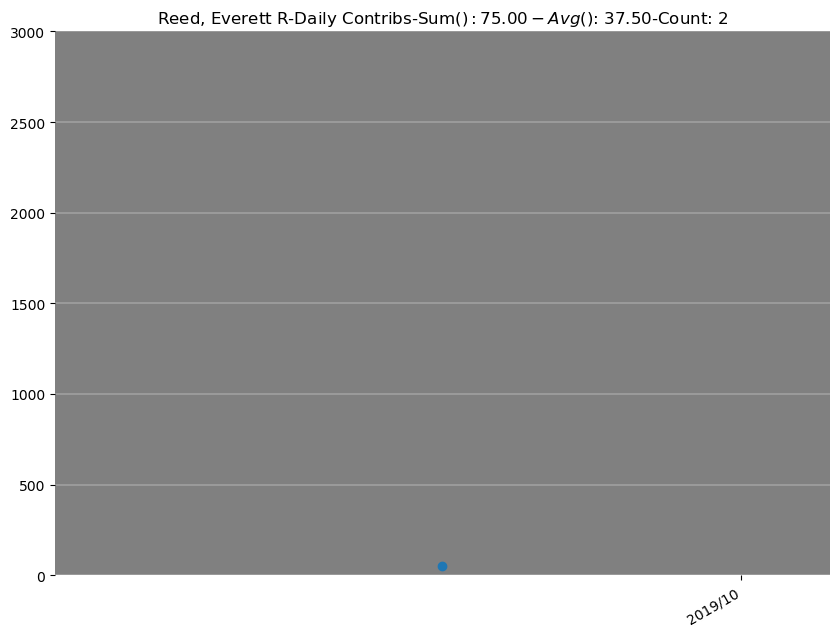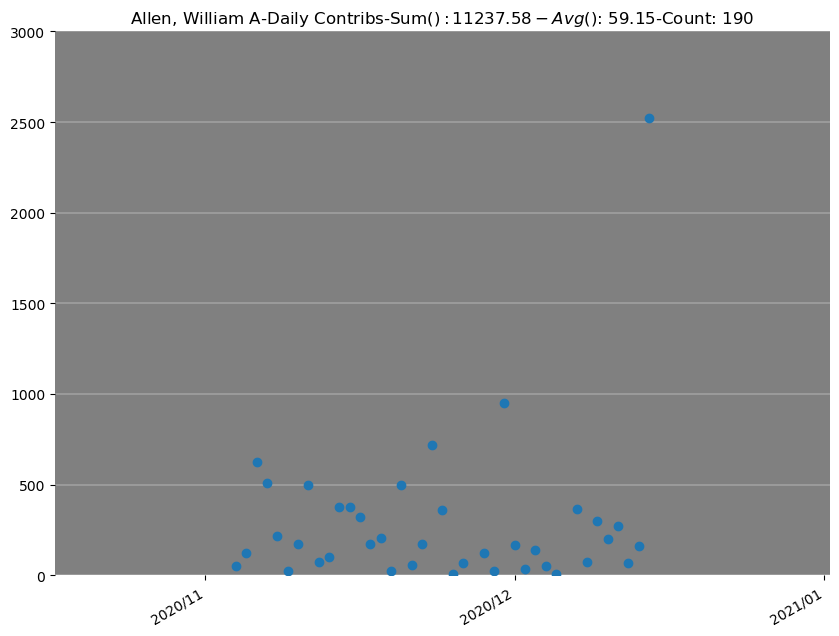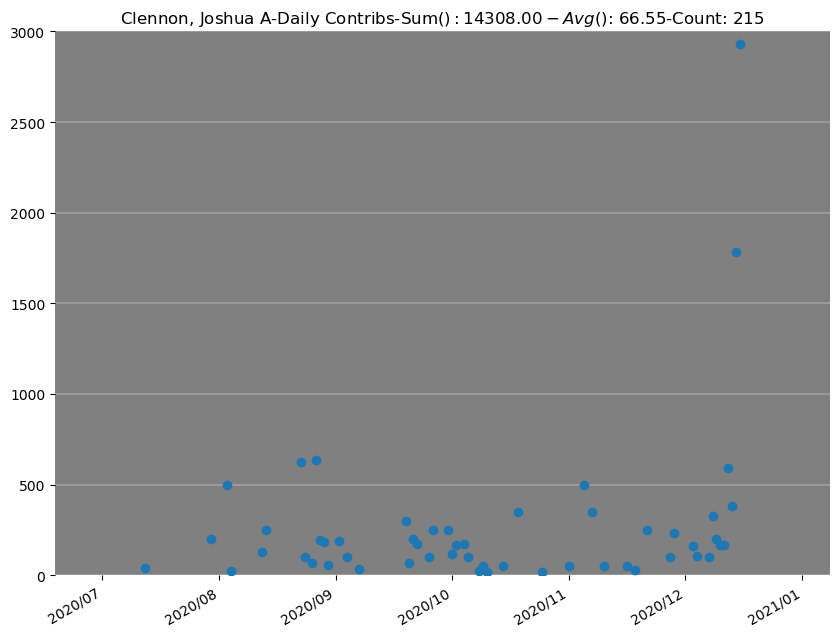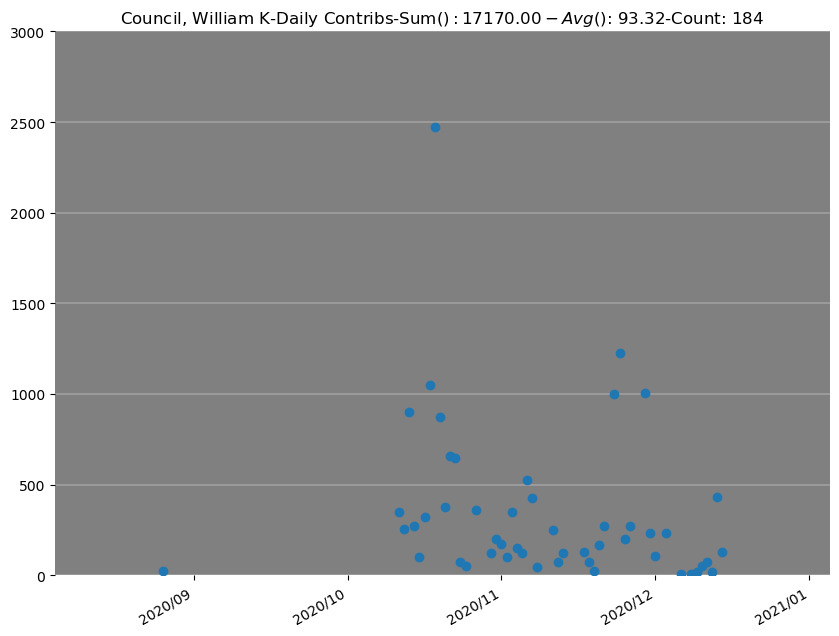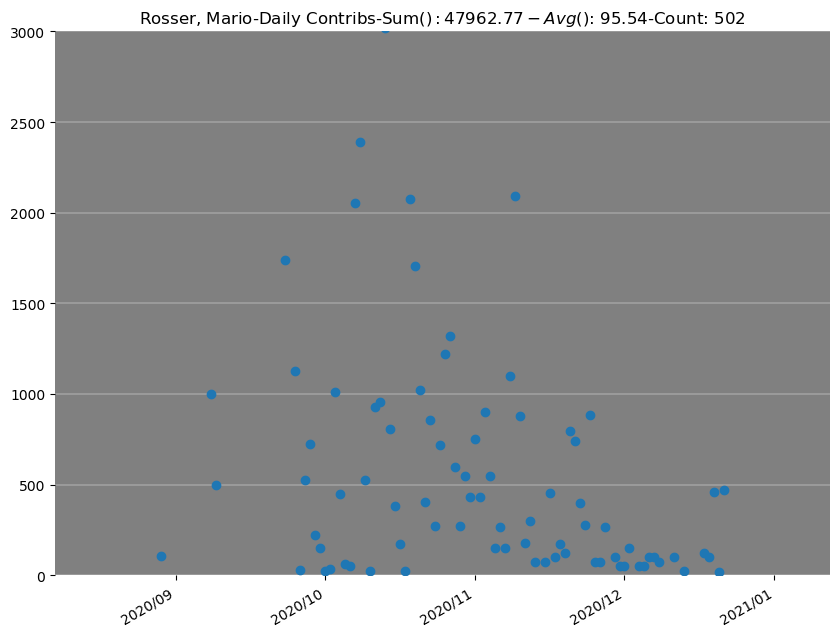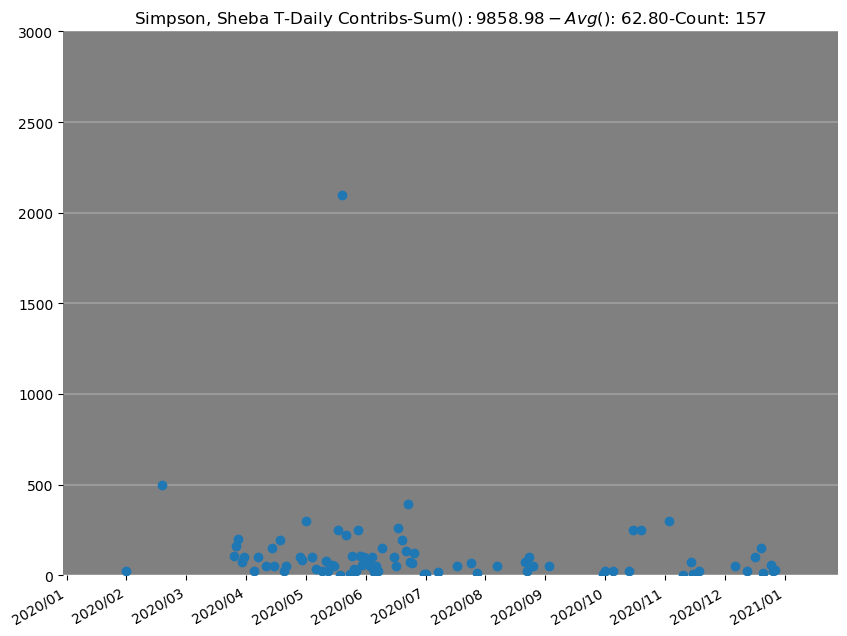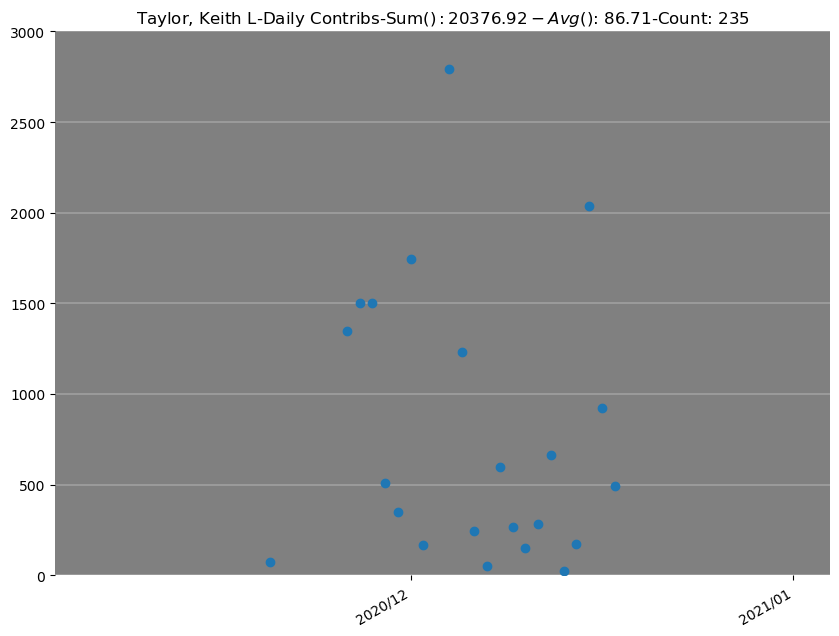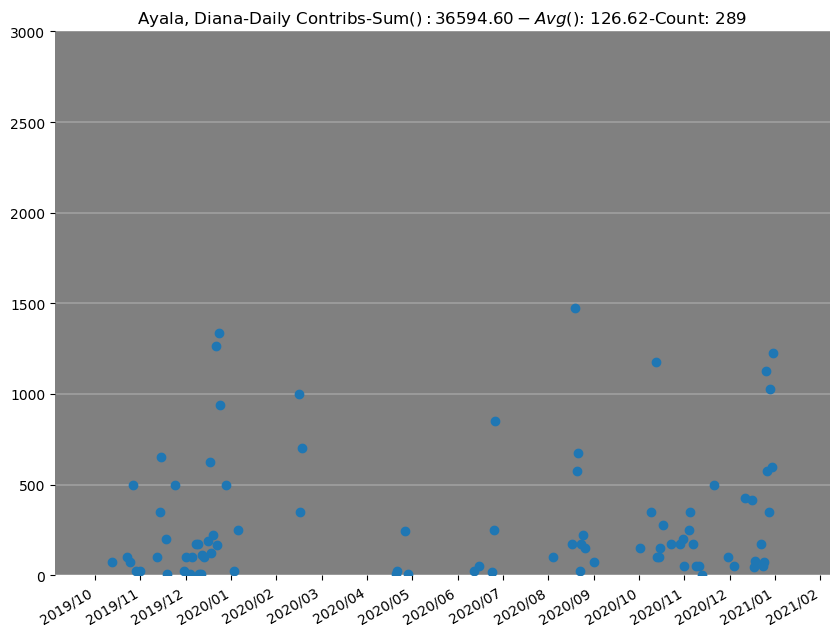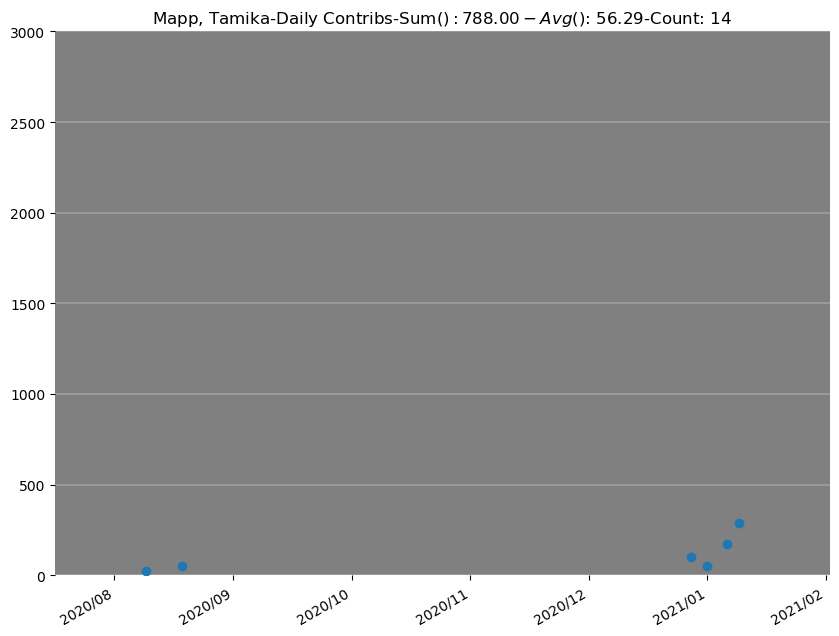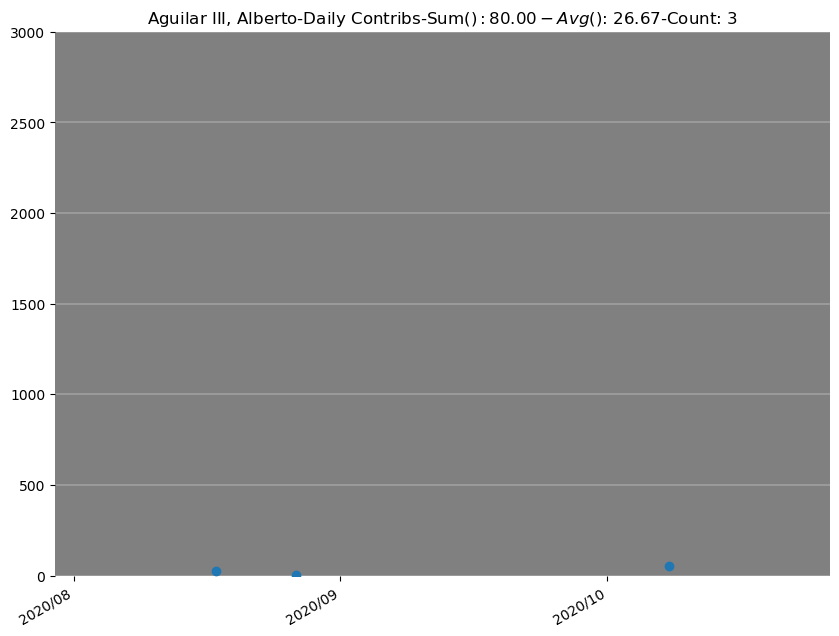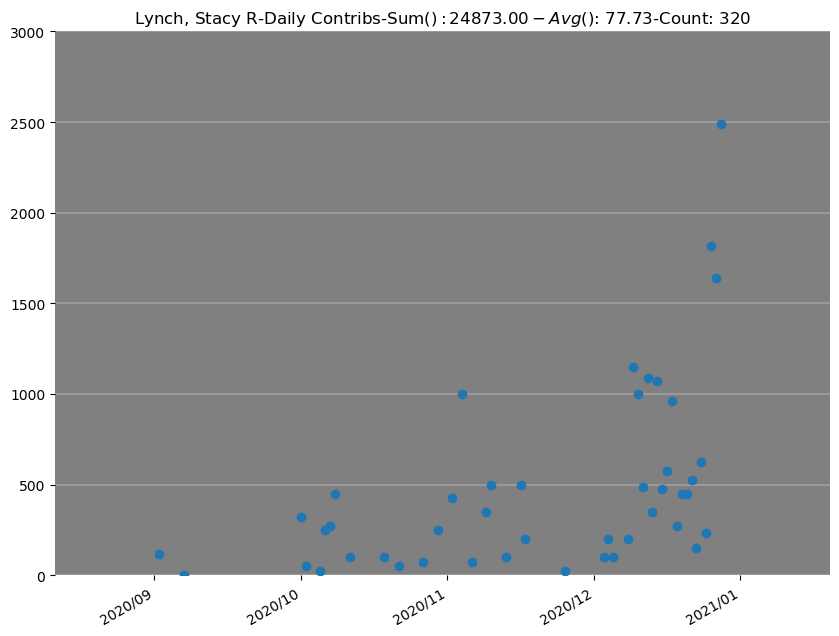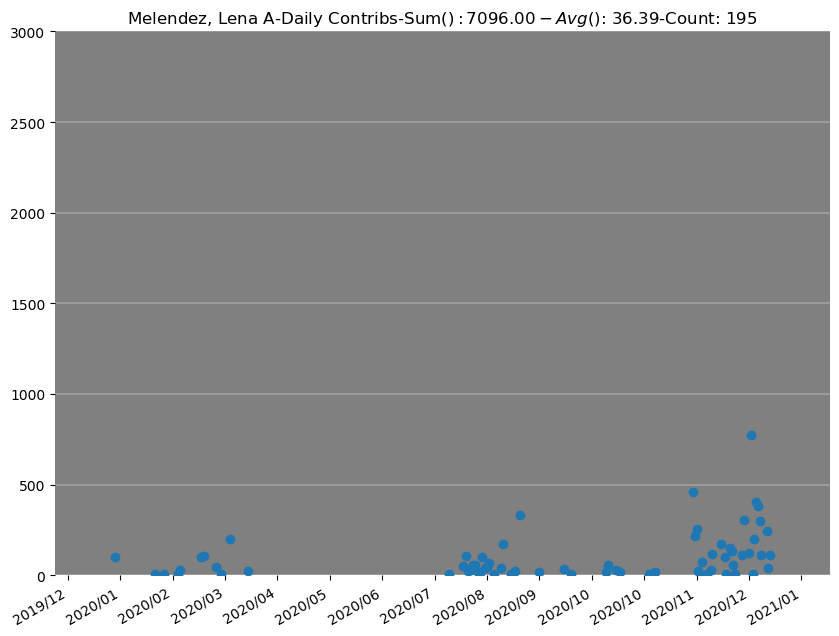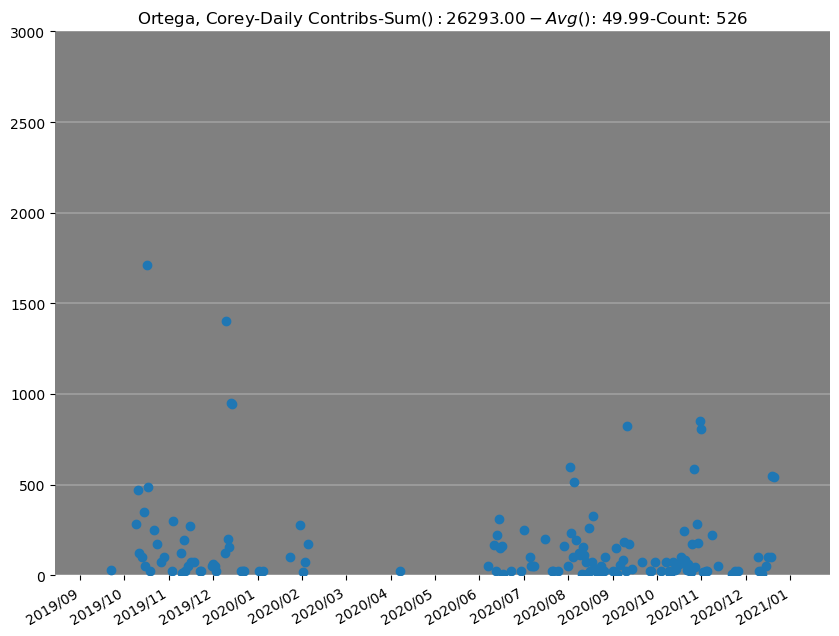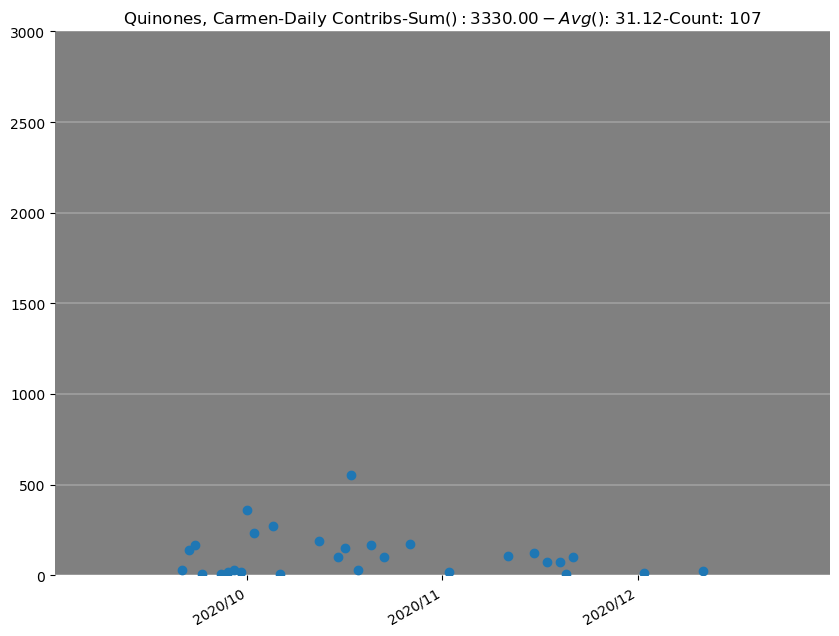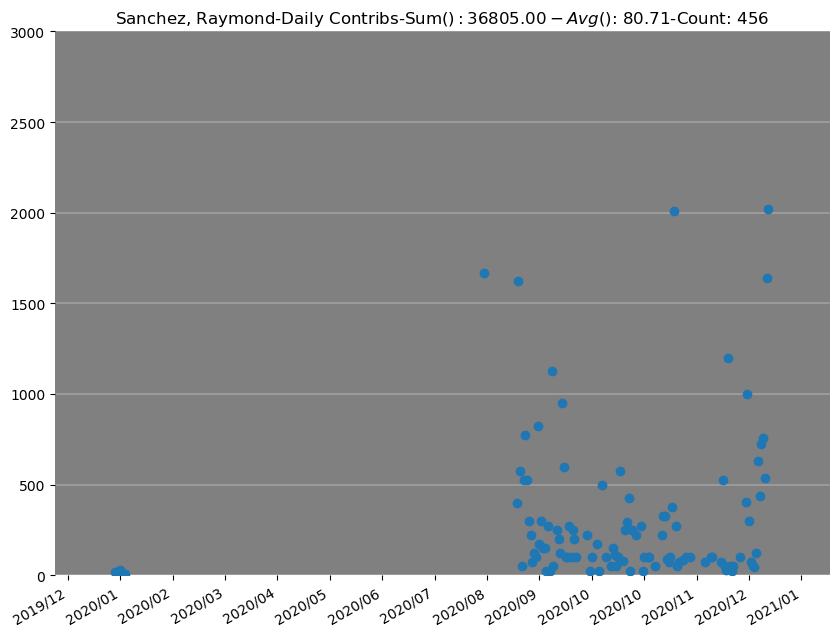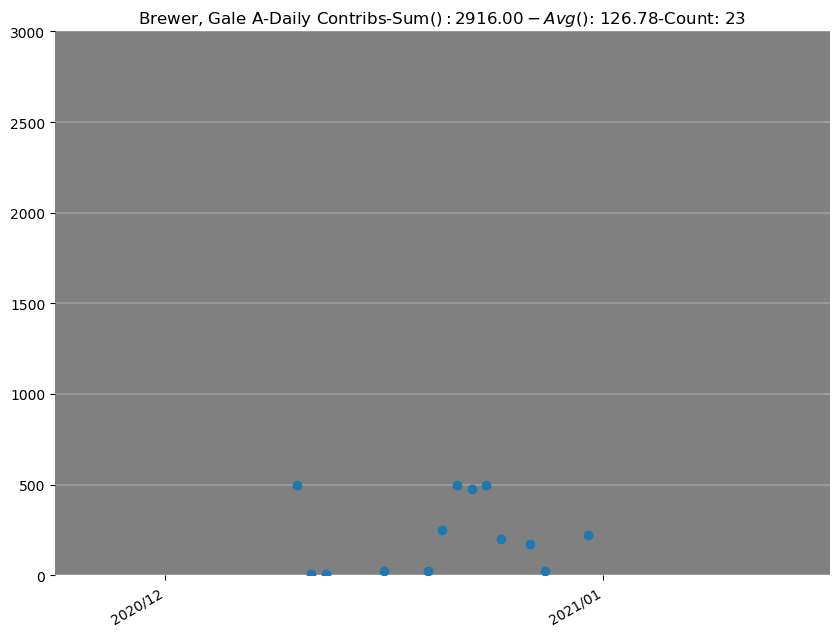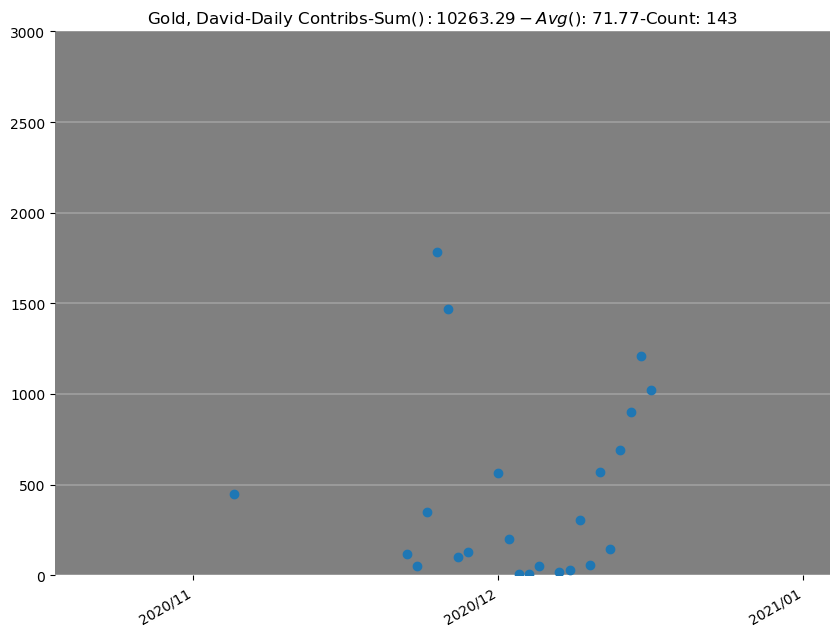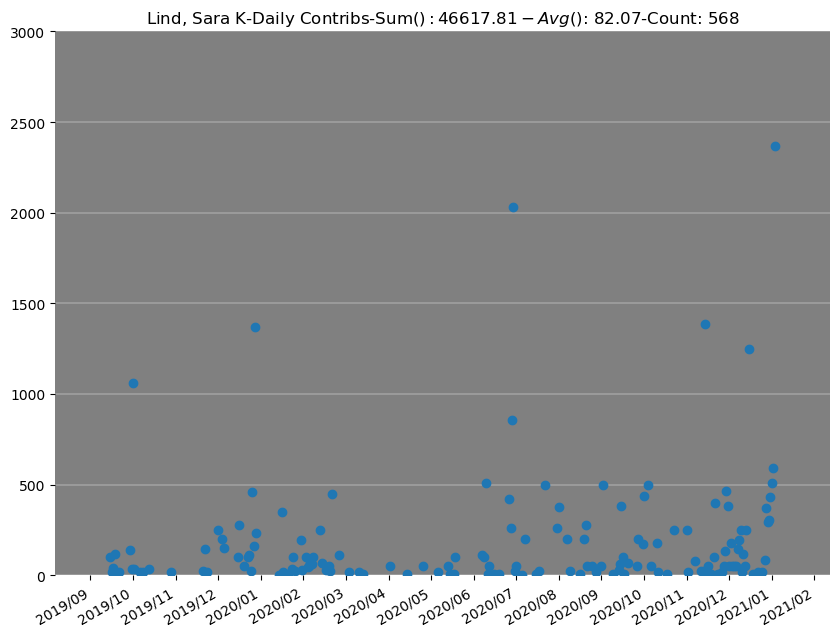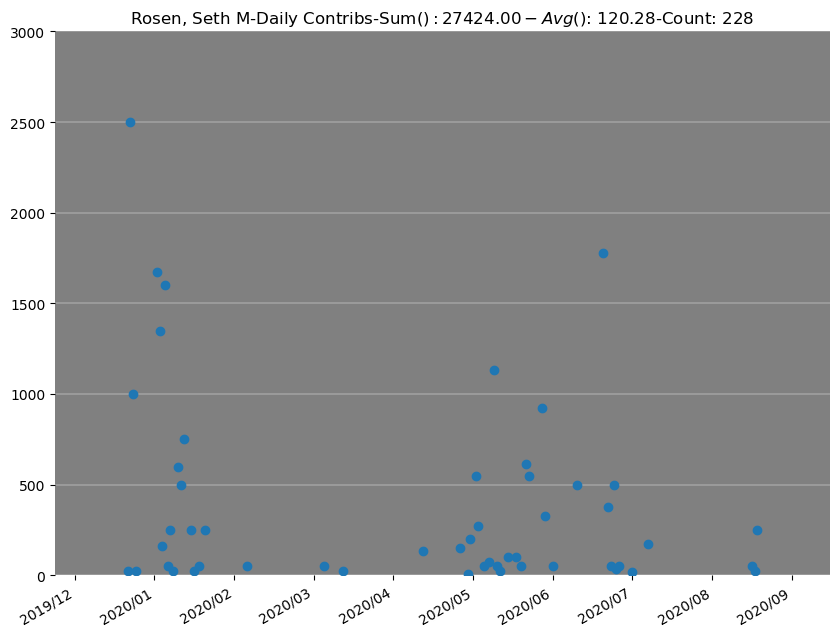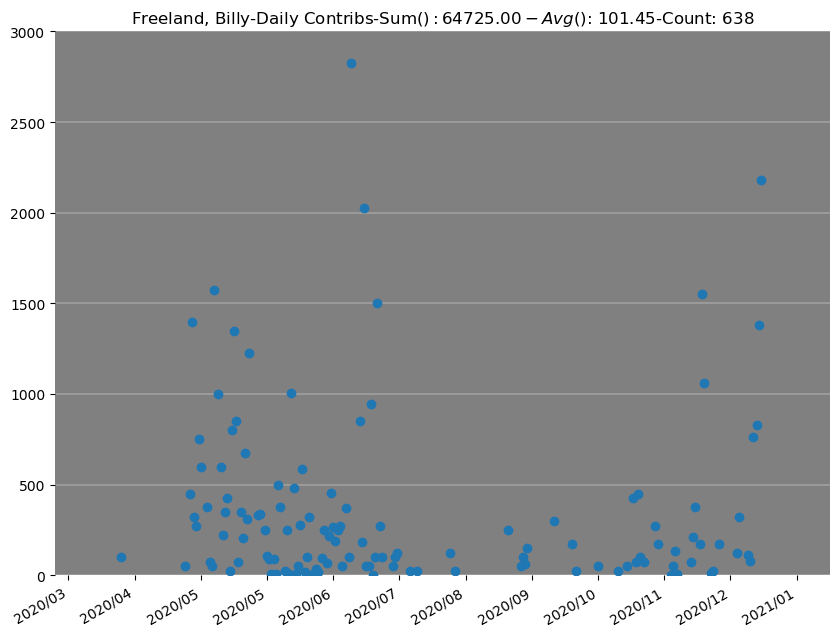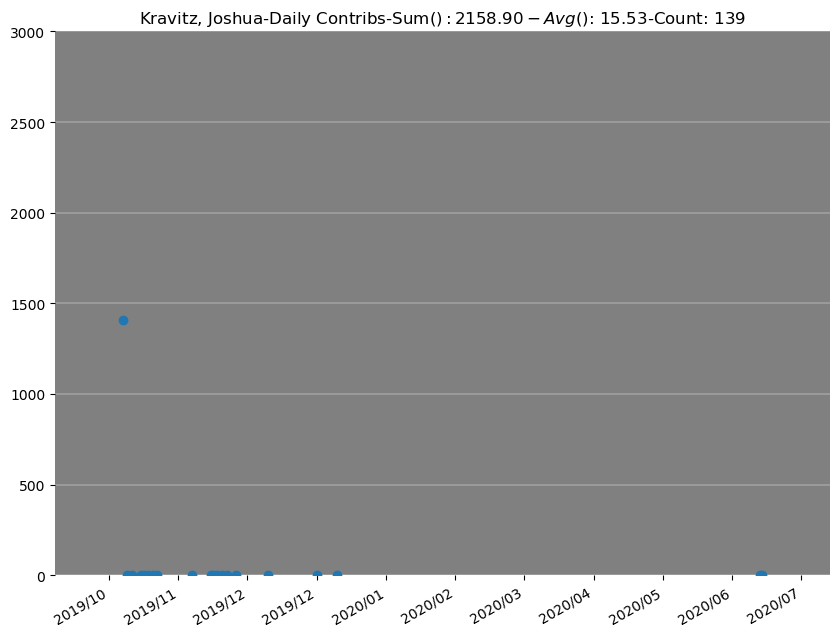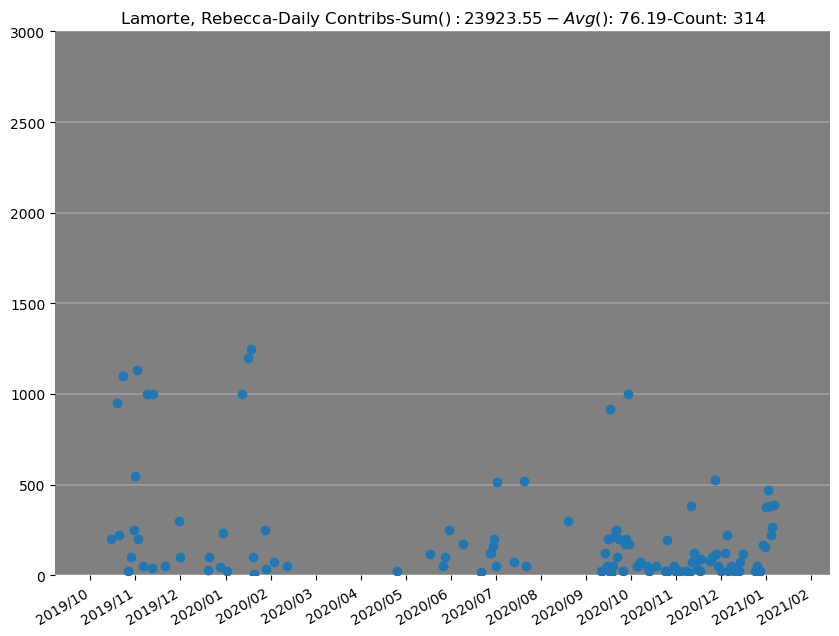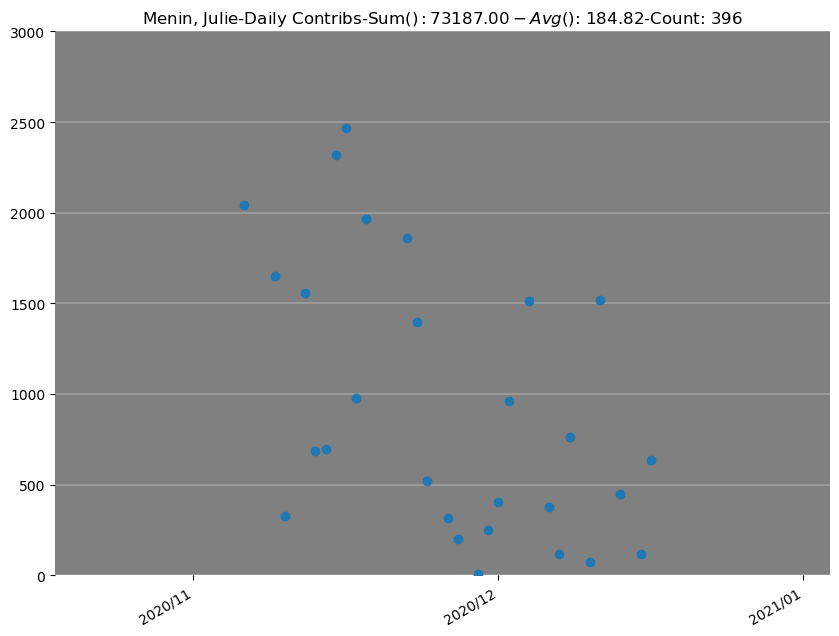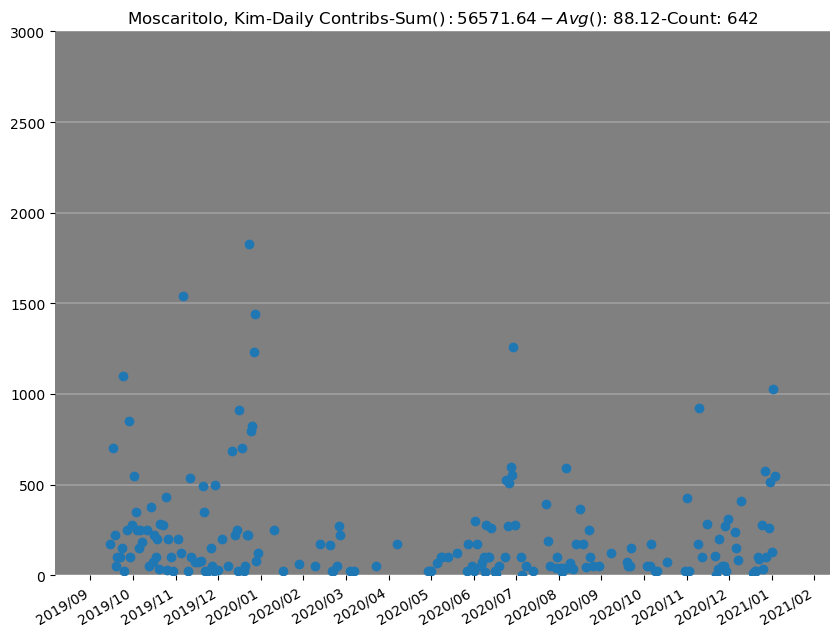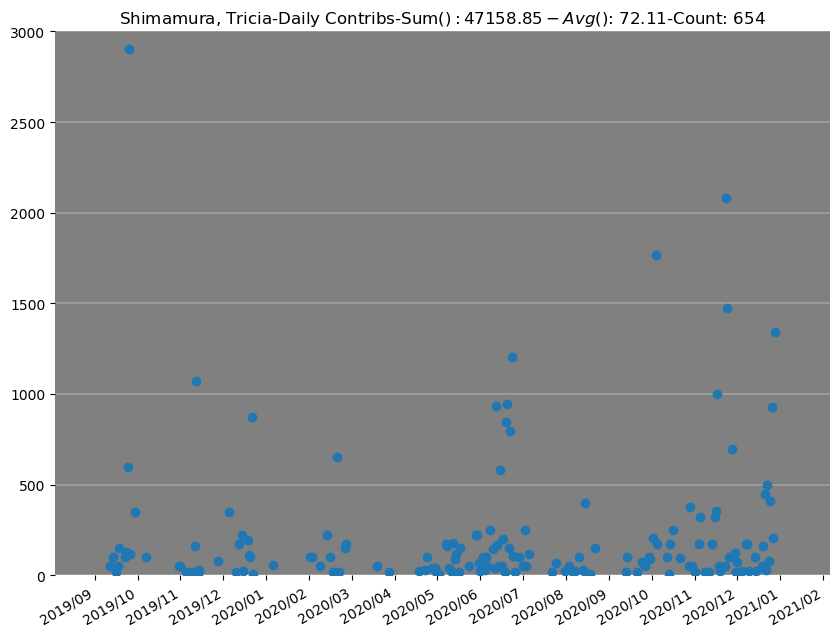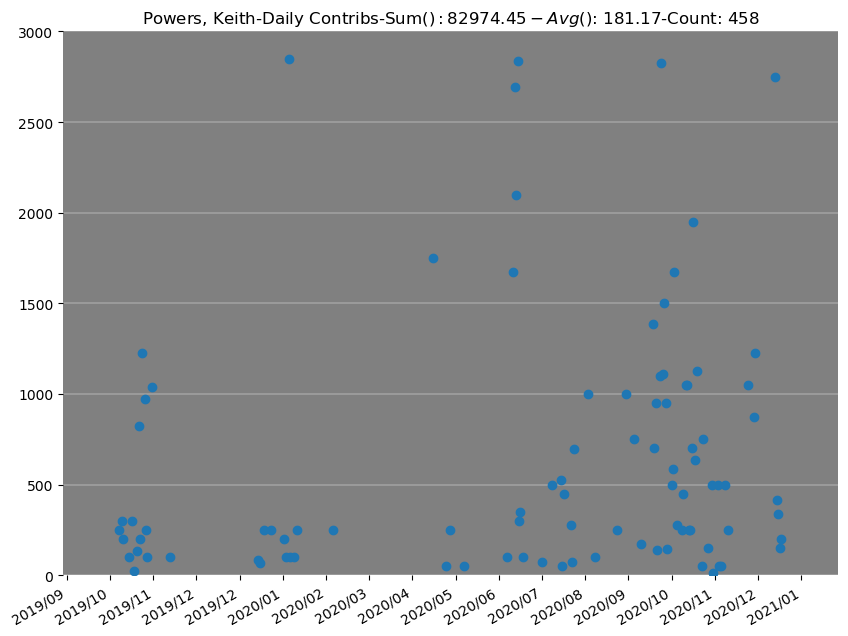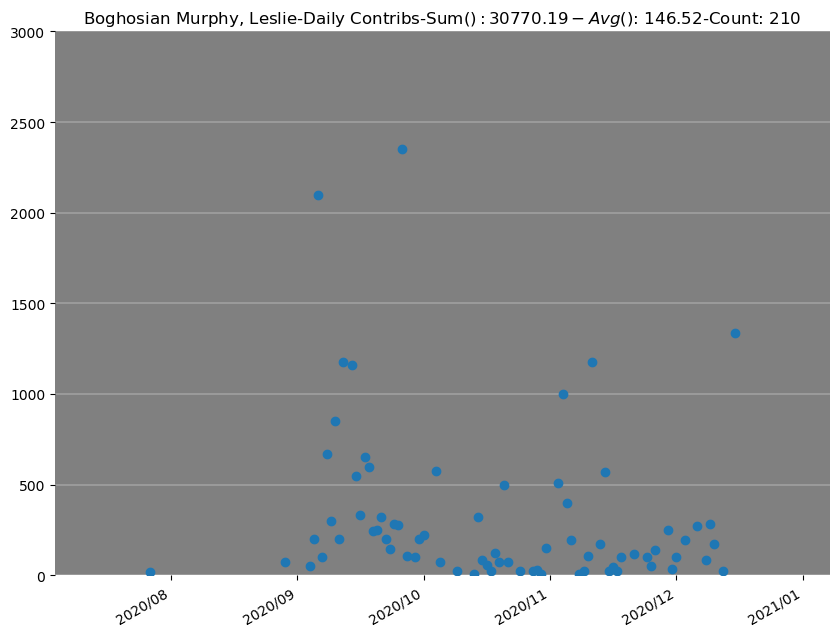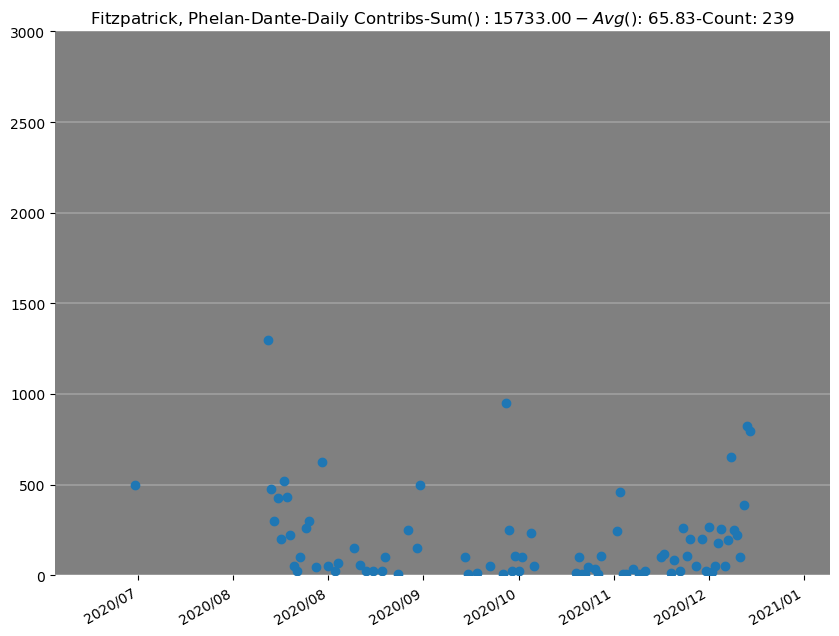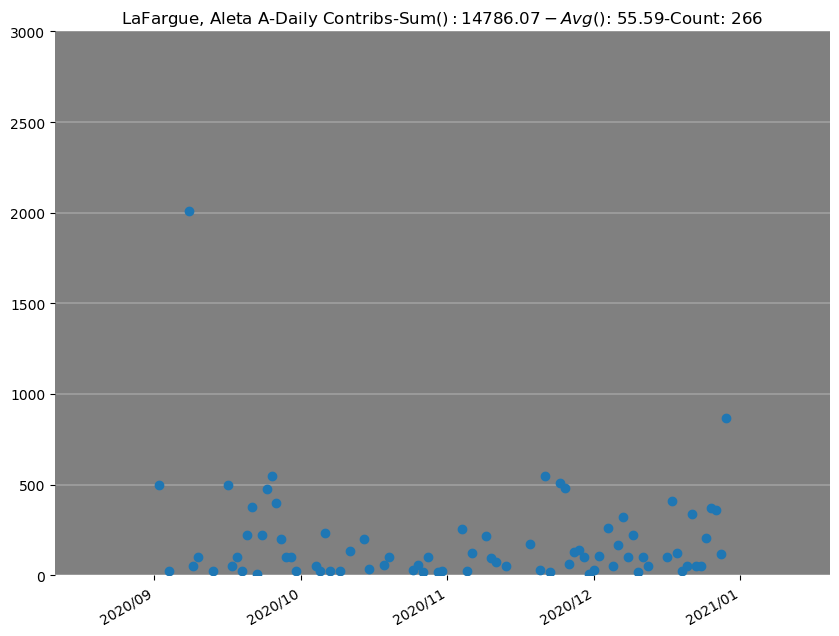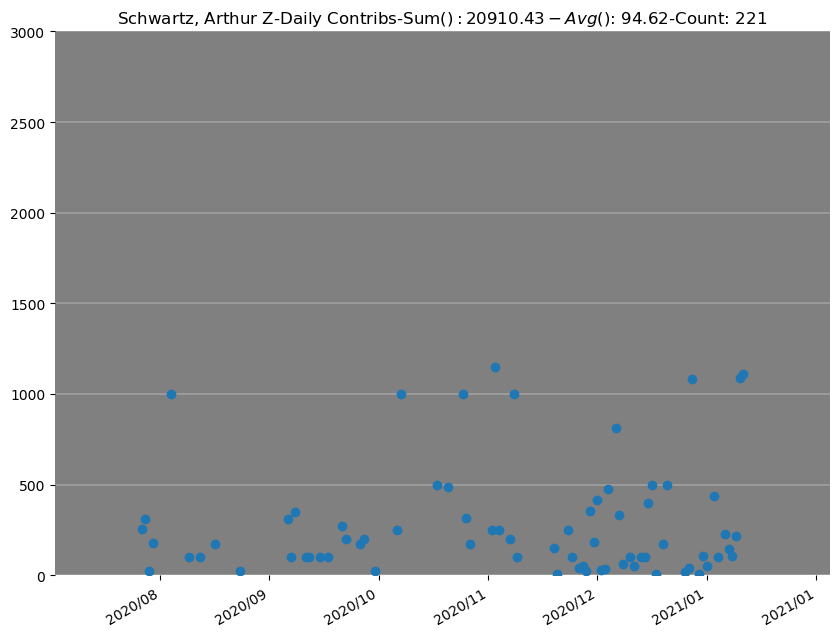
Queens held a special election for the City Council seat formerly held by Rory Lancman, who resigned to take a job with the Governor. The good news is that Board of Elections is publishing voters’ first-ranked votes exactly how they always report on elections, so we were mapping Queens live last night. This was also the first chance for voters in NYC to submit a ranked-choice ballot under the new RCV rules for the city.
As it happens, this election produced clear results, and the ranked choices do not ultimately matter here. This is because James Gennaro–who previously held the seat from January 2002 until December 2013–approaches 60% of the vote, with 98.02% of in-person votes counted as of this writing. Some 1800 absentee ballots are extant, but the arithmetic does not provide for a scenario that pulls Gennaro below 50% and into runoff rounds. This race is kind of against type for 2021: you had a former incumbent seeking his old job. Not quite the open seat contest presented everywhere else.
But even if we piled more votes on and placed Gennaro at 49.99% or even lower–the strong likelihood is that he would continue receiving ranked votes as other candidate picks each drop out during subsequent RCV runoff rounds. Put another way: going to further rounds does not necessarily weaken the frontrunner.
Unless a coalition has already formed and understands itself as such. Further voting rounds under RCV are all processed on the spot, from ballots that had to be filled out in advance. This is not done like betting rounds in poker or Papal conclaves, meaning that coalitions need to become aware of themselves and form as such before the ballots are cast. What does this mean? It means that while voters need to think about how to order their preferences, campaigns need to do more to learn about how these preferences are forming, and seek maximal benefit, knowing that every card will get turned up at once at the very end.
At its national level, DSA is committed to national BDS organizing and so it’s no surprise that the Jewish community in NY responds as if to an existential threat. It is also true that this community–like similar enclaves in Florida–have fled socialist nations that weren’t very much to their liking.

The CM whose seat this election is filling even weighed in last night to congratulate a bunch of the candidates, but conspicuously left Ahmed out–despite her 2nd place finish (in a version of the Thank You, You, You, Not You, You, You, You meme).

Competitive Advantage Research boasts two Jewish partners, and though we have worked NYC for a long time, in our view Israel is not our business unless we are mapping it for their election.
Even Andrew Yang, despite his lack of savvy in NYC-centric political and public relations, understands that he has to disavow BDS if he wants to compete for this particular bloc of voters. Unfortunately, as the Post reported it: “Andrew Yang’s anti-circumcision stance cuts deep: Jewish leaders”. If he wants to play Jewish politics in NYC, he needs to study what generates votes, not spin yarns about Russ & Daughters.
Pandering, demographic appeals, and that sort of thing are big business in NYC politics, and we are frequently asked about demographic realities and we frequently have some interesting discussions with campaigns about how to be sensitive to the realities of their district whether they are reconfiguring their electorate, or ensuring that their voter model preserves the natural diversity of their district.
The argument is that RCV gives candidates a reach to reach outside of their traditional communities into a broader base, and this is probably true, though the particulars of this race meant the outcome did not prove or disprove anything about RCV itself.
